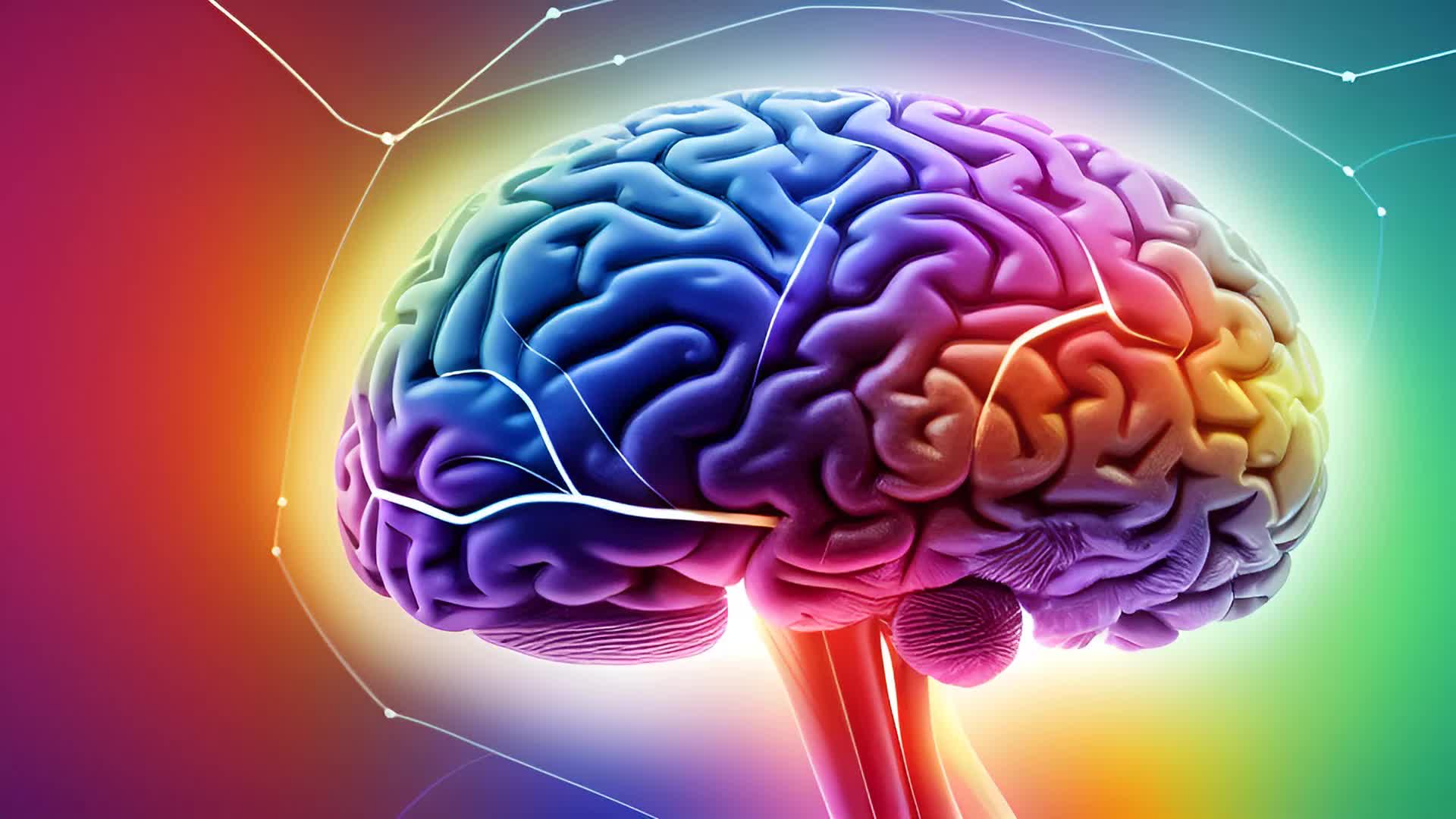What just happened? Researchers have reconstructed a minuscule piece of the human brain down to the level of individual synapses, representing a giant leap forward for brain science. And we're not just talking about a few neurons here. This millimeter-sized cube contains a staggering 57,000 cells, 230 millimeters of tiny blood vessels, and nearly 150 million synaptic connections, all mapped out in glorious 3D detail.
The process began with a surgically removed sample of brain tissue taken from a woman with epilepsy during brain surgery meant to help control her seizures. After chemical preparation to enhance contrast, the specimen was embedded in resin and sliced into an astounding 5,000 sections, each about a thousandth the thickness of a human hair.
From there, high-throughput electron microscopy was used to scan each sliver, generating a staggering 1.4 petabytes of raw data. The Google team then used a machine-learning model to align and reconstruct all the 2D images into a detailed 3D dataset.
The map contains the highest-resolution picture of the human brain ever created, covering a cubic millimeter that is a millionth the size of the entire brain.
The math whiz kids over at Tom's Hardware performed some number crunching to calculate the space the entire map of the human brain would need. That would add up to 1.6 zettabytes of storage – a data center costing $50 billion and spanning 140 acres.

The model has already revealed some surprising insights into brain architecture at the cellular level. For one, the non-neuronal cells that support and insulate neurons outnumbered them by around 2-to-1, with oligodendrocytes being the most prevalent type, forming the protective myelin coating around axons.
On average, each neuron made connections with thousands of other neurons. But the team also identified rare instances of single axons forming over 50 high-powered synaptic connections to the same neuron, as well as some axons coiled into long, intertwined "whorls" for reasons not yet clear.
Since the sample came from an epilepsy patient, some of these quirky structures could be related to the disorder rather than normal brain anatomy.
Regardless, the project has the potential to expand our understanding of the brain's incredible architectural complexity at a cellular scale. After all, there's still a staggering amount we don't know about how the human brain's hardware operates.
The map can be freely accessed by researchers from a web platform called Neuroglancer for their own studies into how the human cortex processes information and stores memories at this unprecedented resolution.
